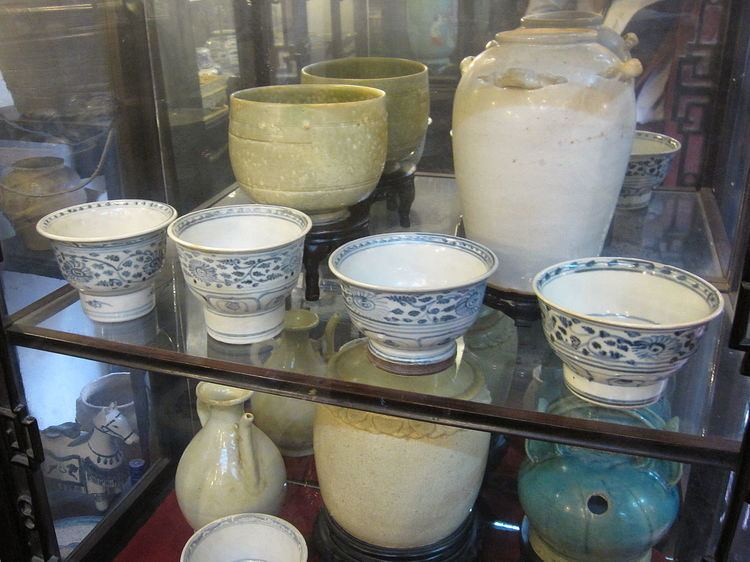 | ||
Shimamono (島物) is a generic term in the Japanese tea ceremony for utensils produced outside Japan, Korea and China, mainly from southeast Asia.
They were imported with ships on trade routes and started becoming popular in the 15th and 16th centuries. The term therefore literally means "island objects". By the time of the rule of the Shogun Tokugawa Yoshimune, imitation wares were also produced in Japan. However at this point there were called "striped objects", but the pronunciation remained the same. As such they can be counted as part of Japanese pottery and porcelain.
The treatise Tōkikō describes the Japanese pottery trade with Asia and gives detailed descriptions.
Literature
References
Shimamono Wikipedia(Text) CC BY-SA
